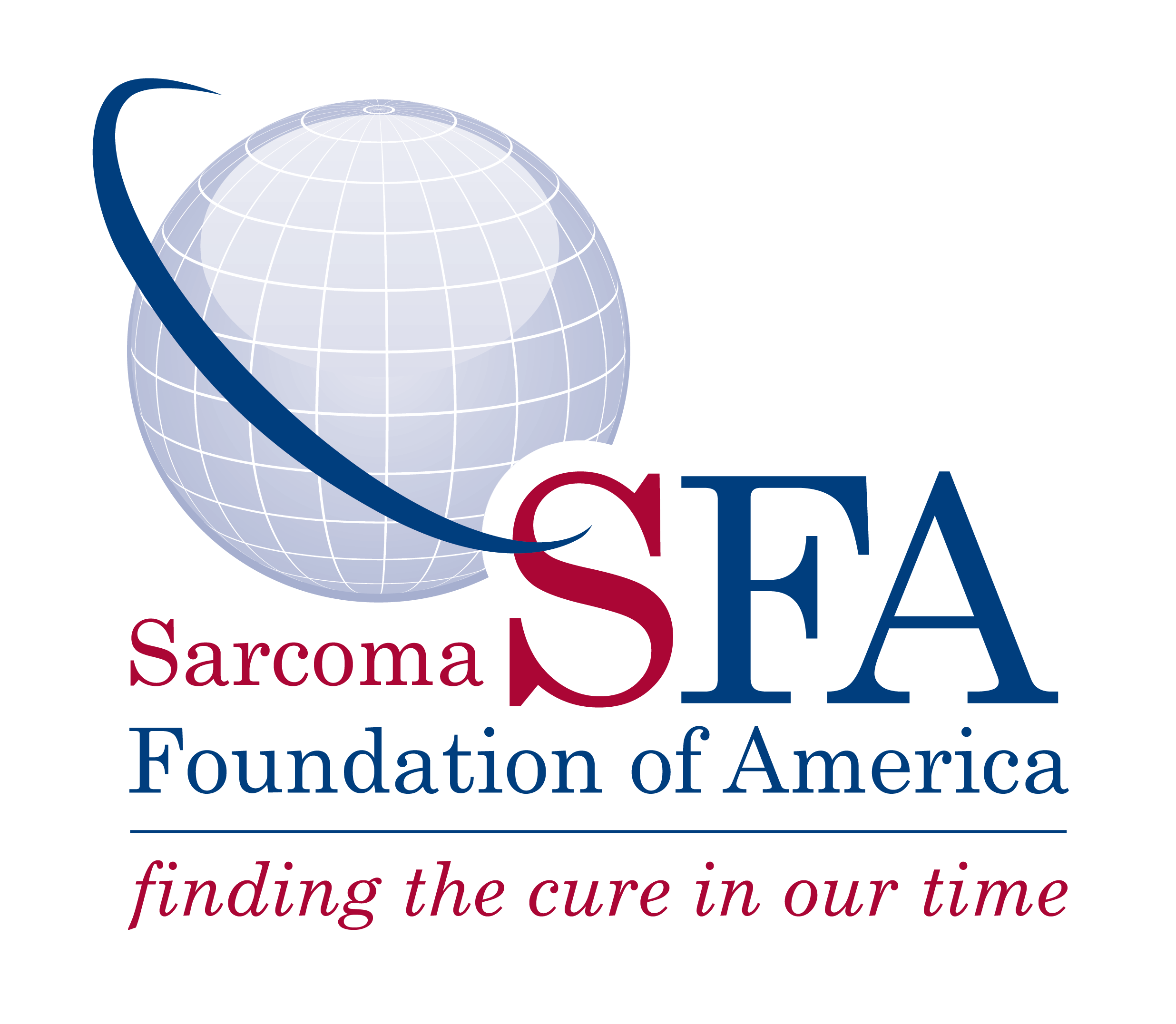Targeting the RB-pathway in sarcoma: Utility of CDK4/6 inhibitors
Sarcomas are a rare group of heterogeneous neoplasms arising from mesenchymal cells. Conventional cytotoxic chemotherapy and radiation therapy have failed to greatly improve disease-specific survival rates for most sarcomas with current 5-year survival rates for STS stagnant at approximately 50%. The field of sarcoma presents a clear need for new rational therapeutics, and discoveries in recent years regarding the molecular and genetic basis of sarcoma have posed new targets that deserve consideration. Alterations in the RB-pathway are one such example and have been demonstrated in various STS and OS. These alterations deactivate the RB-pathway and thus, lead to unabated cell proliferation. Loss of RB through RB1 gene mutation or CDK4 overexpression has been detected in the majority of STS. Our overall hypothesis for this application that STS patients whose tumors express wild-type retinoblastoma (pRb) are sensitive to the combination therapy targeting the Rb and the Wee 1 kinase pathways.
To this end, we provide preliminary results showing that sarcoma cell lines with a wild-type Rb are very sensitive to the anti-tumor activity of Palbociclib, a novel CDK4/6 agent with promising activity as a single agent in several cancers, including sarcoma. The sensitivity of Rb wild-type cells to Palbociclib is due to the ability of cells to reversibly arrest in the G1 phase of the cell cycle (Rb low/null cells do not arrest in any phase of the cell cycle by Palbociclib). These results also raise the possibility that since Rb wild-type cells enter G2/M phase following drug removal, they are likely to become sensitive to secondary drugs that target a G2/M kinase such as the Wee1 kinase. We have already examined the efficacy of the combination treatment [Palbociclib + MK 1775 (a Wee 1 kinase inhibitor)] in Rb wild-type cells and show that low concentrations of both agents, once used sequentially leads to significant synergism between these two agents. Collectively, our preliminary data provides rationale for the use of this novel combination treatment strategy of Palbociclib + Wee1 kinase inhibitor in Rb positive sarcoma. To test this hypothesis we will (Aim 1) Examine the in vivo efficacy of combination of Palbociclib and Wee1 Kinase inhibitor in human cell line xenografts and (Aim 2) Examine the role of Rb in combination of Palbociclib and Wee1 Kinase inhibitor in patient derived xenografts (PDX) from leiomyosarcoma (LMS) patients. Our laboratory has successfully generated 13 PDX lines from LMS patients and have characterized these new lines for the deregulation of the Rb pathway. Our proposed studies will provide the much needed pre-clinical in vivo work to move this targeted combination therapy to clinical trials in the near future. Additionally, we will identify potential biomarkers that can be used to help identify those sarcoma patients most likely to respond to this combination treatment.

